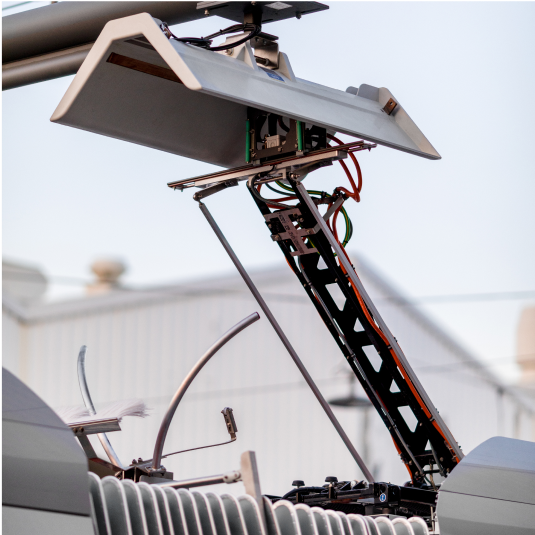UITP: 140 years of mobility and one question that remains as relevant as ever
Before the Summit in Hamburg begins, it is worth taking a closer look at what UITP is.

Pantograph or plug-in? How to choose the right charging system
How to choose the right charging system? The method of charging an electric bus is crucial for the effective operation of the vehicle. Charging system should always be adapted to the customer’s needs, the existing infrastructure and the conditions of the vehicle use. The selection of the appropriate charging method should therefore depend on all the variables mentioned above. The key is also choosing the right energy storage system (battery type).
Solaris electric buses are equipped with a plug-in connector – an EU standardized solution, used – most often – for overnight battery charging from a stationary charger located in the depot. This method involves physically connecting the vehicle to the charger via a cable. The advantage of this solution is the possibility of charging without building any special infrastructure in the city – these chargers can be eaasily installed at the depot or being used as a mobile charger. Requires manual operation. This type of charging is especially recommended for batteries with high energy density (Solaris High Energy).
In addition, Solaris electric buses can be equipped with a “fast” pantograph charging system, thanks to which the batteries can be recharged both on the route (stops) and at the depot. This solution is possible in two different variants – by placing the pantograph on the roof of the bus or on the charging mast itself (the so-called inverted pantograph). The choice of the right pantograph type is often dictated by the infrastructure – if there is already a charger with a pantograph installed in a given city, the carrier is more likely to choose the “inverted” option, when only charging rails are installed on the vehicle.

In Poland, the solution with a pantograph placed on the roof has a decisive advantage, used, among others, by operators in Cracow, Warsaw or Poznan. The main advantages of pantograph charging are the charging time and its maintenance-free – charging does not require additional actions on the part of the driver. The whole process comes down to pressing a button, which automatically raises the pantograph and connects to the charging station. This type of charging is especially recommended for batteries with lower capacity and lower energy density, used on routes where there is a possibility of frequent recharging, e.g. at stops (Solaris High Power).
FEASIBILITY STUDIES
Even though the electric drive technology itself is already well-known, for many cities and public transport operators it is still a novel and advanced solution. In its attempt to help customers prepare for the electrification of municipal transport, Solaris offers to carry out individual feasibility studies, at the client’s request. Such an analysis allows to find optimal solutions with regard to vehicle infrastructure and equipment for a given urban centre and for particular bus lines. Needs may differ immensely, depending on the outside temperature of the city, but also on the average speed, the number of stops on the bus route, the bus occupancy or the topography of the area. There is one goal though: the bus should be operational whenever the client needs it to be.
Before the Summit in Hamburg begins, it is worth taking a closer look at what UITP is.
Learn more about the changes introduced by GSR2 and how they contribute to protecting all road users.
BRT in Aalborg: the city's solution for enhancing urban transport – what makes it so effective?